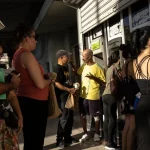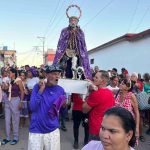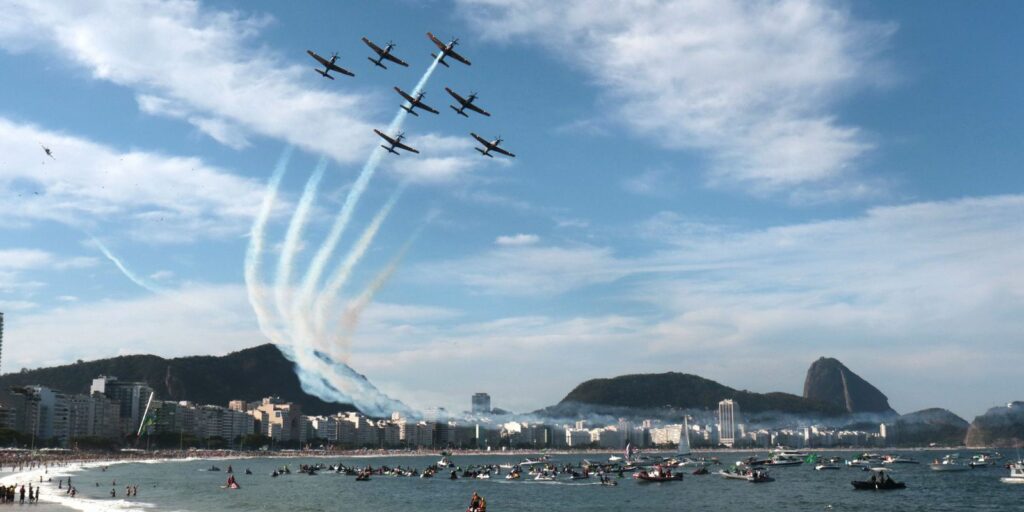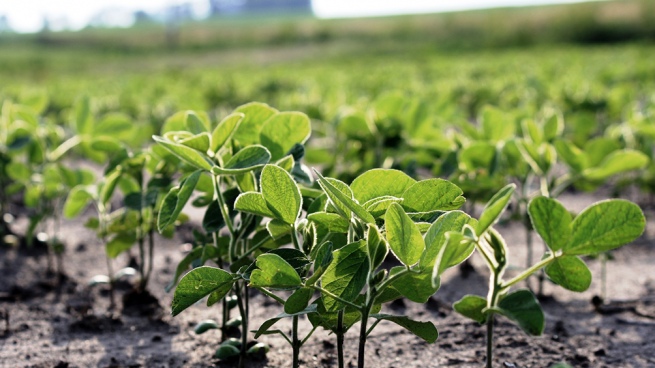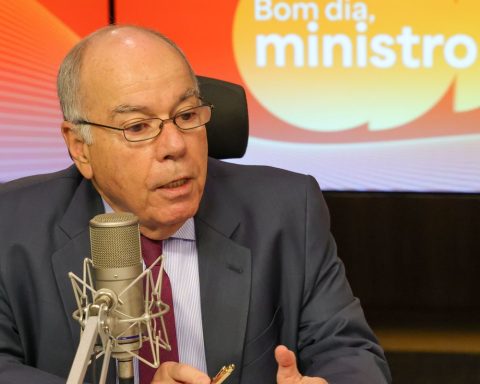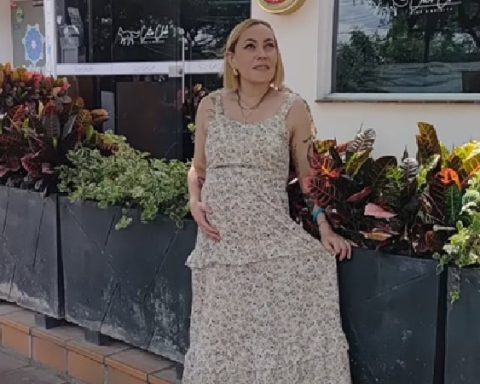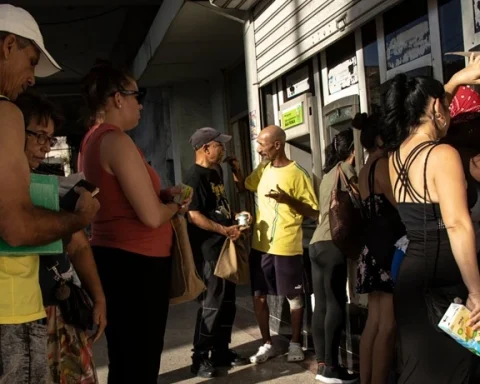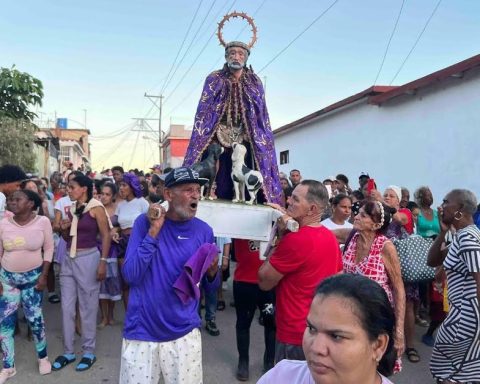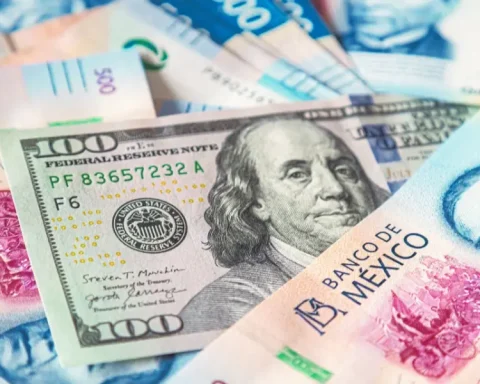September 7, 2022, 18:55 PM
September 7, 2022, 18:55 PM
Indigenous leaders highlighted this Wednesday that Peru has legally recognized five indigenous peoples living in isolation in the Amazon portion of its territory.
“We welcome that, but it is not enough if the respect and rights of indigenous peoples in voluntary isolation are not applied,” Venezuelan Gregorio Mirabal, leader of the Coordinator of Indigenous Organizations of the Amazon Basin (Coica), told AFP.
The Peruvian government recognized the existence and rights of the Aewa, Taushiro, Tagaeri, Taromenane and Záparo peopleswho live or transit between the Napo river basins and their tributaries, in the northern jungle of Peru, bordering Ecuador, according to a decree published over the weekend in the official gazette.
“It is extremely important because after many years the isolated indigenous peoples have been recognized,” the leader of the Interethnic Association for the Development of the Peruvian Jungle (Aidesep), Julio Cusurichi, told AFP.
There are around of 14 Amazonian indigenous peoples who live with little or no contact with the outside in the regions from Loreto, Ucayali, Madre de Dios, and “there are even populations that cross the borders of Brazil and Ecuador,” added the indigenous leader and environmentalist from the Madre de Dios region, in southeastern Peru.
“There is no exact number of the total number of people” that make up these towns, he said.
The recognition of the five indigenous peoples in a situation of isolation is the first step for the creation of an indigenous reserve located in the provinces of Loreto and Maynas, in the Loreto region, northern jungle of Peru.
In Peru there are 10 indigenous reserves of which only five have been recognized by the authorities.
The indigenous reserve that is being evaluated to create will allow guaranteeing the protection of rights, habitat and conditions that ensure the existence and integrity of indigenous peoples in isolation in the world’s largest rainforest, according to Peru’s Ministry of Culture.
“In the Amazon there are some 511 indigenous peoples with 500 different languages, while 200 peoples in isolation transit the borders of the nine Amazonian countries,” said the Coica leader.








